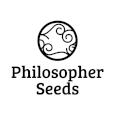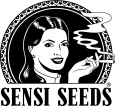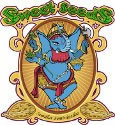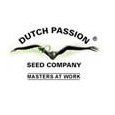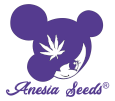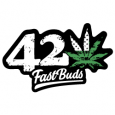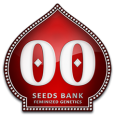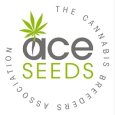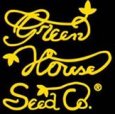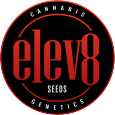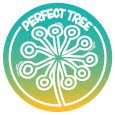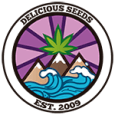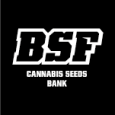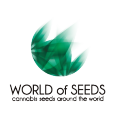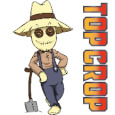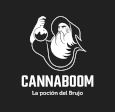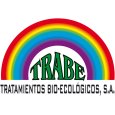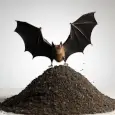Cannabis in Jamaica
List of contents
Ganja, Collie, Kiki, Sinsemilla...cannabis has plenty of different names, especially in Jamaica, a small Caribbean island known around the world for its long relationship with this plant.
Indeed, Jamaica is a true place of reference with regard to cannabis cultivation for smokers worldwide. Its tropical climate and fertile soil are ideal for the cultivation of cannabis plants, especially Sativas. Moreover, it is also the place where the Rastafari movement was born, which promotes a religious use of ganja and has a large number of followers in the island. Still, the use of cannabis is widely spread among all social classes - not only Rastafarians - and is doubtless one of the most popular crops in the island. In this article we'll tell you more about the relation of cannabis with this small Caribbean paradise.
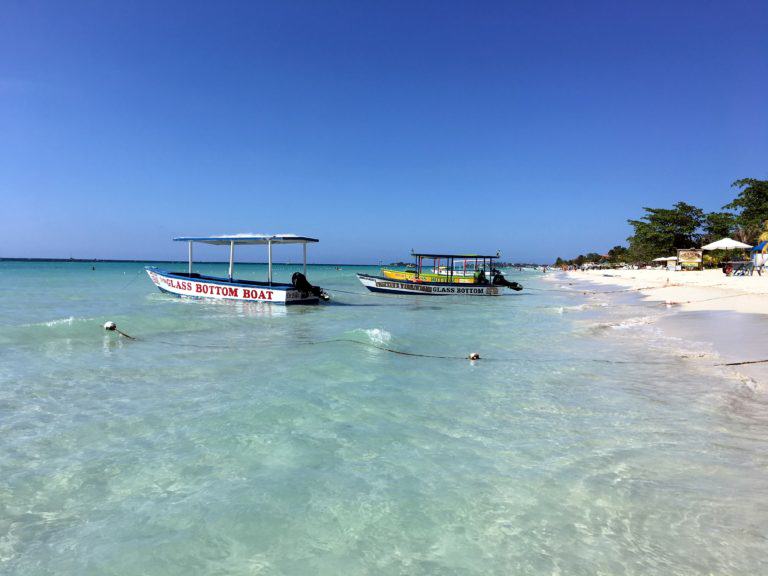
Introduction of cannabis in Jamaica
Being British colony until 1962, Jamaica is a traditional producer of sugar, also cotton during the slavery period. The indigenous people from the island - the Arawak tribe - were exterminated before the arrival of the British by the Spanish colonizers, while the Commonwealth government forced thousands of slaves to move from Western Africa to Jamaica to work on plantations.
After the abolition of slavery in 1838, and while many slaves abandoned their work in Jamaica, the Brisitsh Empire used manpower from other colonies to substitute them, as is the case of India. Around 33.000 workers from India left their country during the XIX century to work in Jamaica. This migration is likely to be the cause of the introduction of cannabis seeds into the island, between 1850 and 1860.
Thus, the different techniques to grow cannabis and process it were taught to local Jamaican farmers by these migrant workers from Asia, who also gave them the first seeds to grow. The influence from India can also be seen in terms like "ganja", which comes from the word ?g?ñj?? (which means cannabis or cannabis resin) and that is widely used by the Jamaican community.
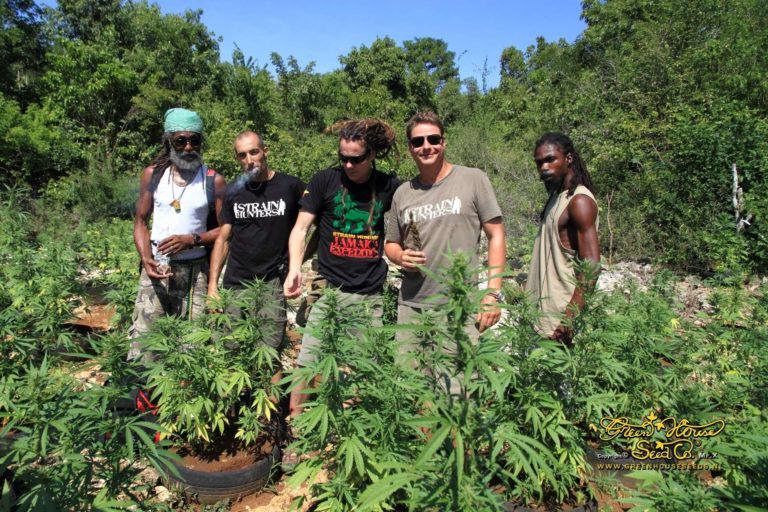
Prohibition of cannabis in Jamaica dates back from 1913 with the Dangerous Drug Act - also known as The Ganja Law - which prohibited possession, cultivation and sale of cannabis (under penalty of imprisonment). Still, things have changed considerably during the past years, and actually both the medical and spiritual uses are legal since 2015.
Jamaican cannabis genetics
Cannabis prohibition, globalisation, Internet and many other factors play a role in the fact that landrace strains from Jamaica have been gradually replaced by modern feminised seeds, mostly hybrids. Actually, some of the traditional Jamaican strains that can be found today, as the legendary Lambs Bread, have Skunk genes in them since the 80's.
To find true, pure Jamaican genetics can be a very tough goal, as we could see during our trip in 2016 for the Steppin High Festival. Sadly, most weed available today in the island is miles away from the famous Jamaican weed praised by Reggae artists in the 70's. In contrast, we were regularly offered some of the, supposedly, most renowned hybrids of the cannabis seed market: White Widow, Amnesia...even Girl Scout Cookies!
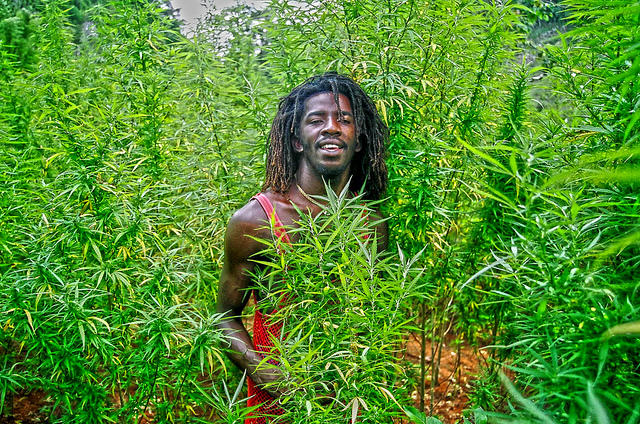
However, and if you know the right people, you can still find some traditional cannabis crops in the island, especially in the Blue Mountains area and the parish of Santa Ana, where locals go to get the best weed in the island!
The Orange Hill area also gathers many ganja farmers, although modern European or American hybrids are mainly grown there, obviously looking for better profit. You can actually book a guided tour through the plantations with other tourists!
Popularity of cannabis in Jamaica
While the traditional use of cannabis in Jamaica dates back from more than 150 years, it was not until the decade of 1970 when both the Rastafarian movement from the island and Reggae music - and thus, weed - skyrocketed in popularity. The international success of some Jamaican reggae artists also democratized in some way the use of cannabis around the world and out of the Rasta community. People like Bob Marley or Peter Tosh claimed their love for the plant in many of their songs, as well as the medicinal properties of cannabis. As we mentioned, ganja is widely used across the territory by people from all types of social context.
After the legalisation of cannabis in other countries like Uruguay or some of the states of the USA, and after years of debate with the pro cannabis local associations, the Jamaican government finally decided to allow possession of smal amounts (around 50g) for medical or religious use in 2015. The new law also allows the government to issue licenses to develop the medical cannabis industry in the island, also scientific research. Last but not least, every person is allowed to grow up to 5 plants at home.
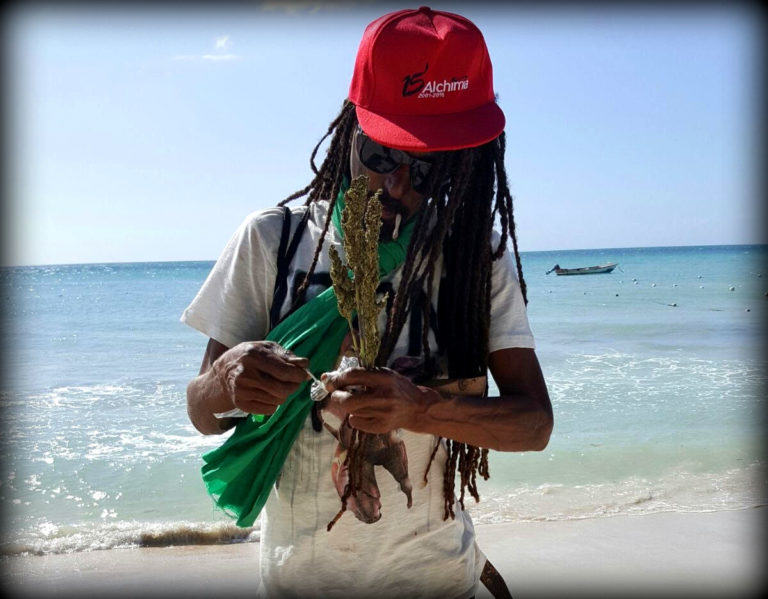
Soon after the law was endorsed, a number of cannabis-related festivals and events were announced. Mainly held at the Negril region, which offers a unique space for tourists and locals to enjoy the beautiful beaches and white sands, they're events as prestigious as Rootzfest, Steppin High Festival, Dab-a-Doo or the legendary High Times Cannabis Cup.
Cannabis clubs have also flourished across the country, which - as proven in Barcelona - highly improve the growing and processing techniques and thus the final product, also for resin extracts. Other independent associations, like Scarce Commodity, are focused on quality control of the cultivation, processing and distribution practices, which in turn increases the quality of the weed produced in the territory.
Jamaica was, is and - we hope - will be a true paradise for any lover of the cannabis plant.
Finally, Jamaica seems to offer cannabis a bright and sunny future!
Articles and publications used for the writing of this article:
- Ganja in Jamaica. Amsterdams Drug Tijdschrift, nr 2, December 1996, pp. 11-14.
- Jamaican Cannabis Landraces: History and Importance
- Marijuana in Jamaica Puff Peace
- Historic new ganja laws in Jamaica for Rastafari religious use, MMJ Program


